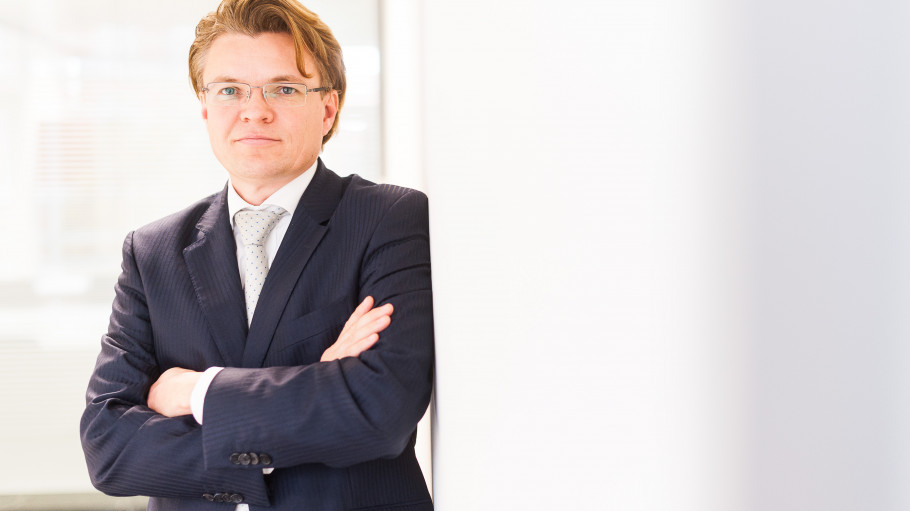
News » The resurgence of the pandemic in Europe and across the world is putting further pressure on EU steel.
The resurgence of the pandemic in Europe and across the world is putting further pressure on EU steel.
Recent updates

Apparent steel consumption in the EU fell (-25.5%) year-on-year in the second quarter of 2020, after a drop (-12%) in the first quarter. This was the most severe drop in EU steel consumption ever recorded.
The exceptionally negative trend in steel demand seen in the second quarter of 2020 is – as widely expected – the result of the economic and industrial lockdown in response to the COVID-19 pandemic.
The state of EU and global steel means there is an increased urgency to deal with excess steel capacity worldwide, as this overcapacity will undermine the recovery. In October, national and regional associations and members of the Global Forum on Steel Excess Capacity called on G20 leaders to keep working on a multilateral solution to the problem. EUROFER welcomes continued EU leadership on this issue. Additionally, the EU steel safeguard must be adapted and extended to avoid a resurgence in steel demand being matched by an unhindered flood of dumped imports.
The coming months may prove to be doubly challenging: the resurgence of COVID-19 cases is prompting the reimposition of control measures. Ensuring the effectiveness of public health measures whilst minimising the impact on the economy is a fine balancing act but it is essential because further setbacks will have long-run implications for all sectors and their ambitions for the coming years. EU leaders will have to act decisively to ensure that Europe gets back on track once the pandemic has faded.
In the meantime, stay safe.
A milestone occasion to quickly and effectively restore affordable electricity, to relaunch the
decarbonization and strengthen the international competitiveness of the European steel
industry.
Brussels, 02 December 2025 – Unchanged negative conditions – U.S. tariffs and trade disruptions, economic and geopolitical tensions, protracted weak demand and still high energy prices – continue to weigh on the European steel market. EUROFER’s latest Economic and Steel Market Outlook confirms for 2025 another recession in both apparent steel consumption (-0.2%, unchanged) and steel-using sectors (-0.5%, revised from -0.7%). A potential recovery is expected only in 2026 for the Steel Weighted Industrial Production index (SWIP) (+1.8%, stable) and for apparent steel consumption (+3%, slightly revised from +3.1%) – although consumption volumes would still remain well below pre-pandemic levels. Steel imports retained historically high shares (27%), while exports plummeted (-9%) in the first eight months of 2025.
Fourth quarter 2025 report. Data up to, and including, second quarter 2025